Skeletal Anchorage in Orthodontics: Advanced Clinical Applications with Jeil Medical DualTop Mini-implants and Anchorage Plates
Skeletal anchorage, through mini-implants (often referred to as TADs - Temporary Anchorage Devices) and anchorage plates, has revolutionized orthodontic treatment, offering enhanced predictability and efficiency in complex cases. Devices from Jeil Medical, particularly their DualTop System of mini-implants and dedicated Anchorage Plates, are renowned for their quality and versatility. They enable orthodontists to achieve precise tooth movements that would otherwise be difficult or impossible with conventional means. This article explores specific clinical applications of skeletal anchorage, emphasizing techniques that leverage the full potential of Jeil Medical's sophisticated range.
Closing Extraction Spaces from a Distance
Managing spaces after dental extractions, especially when extensive retraction of dental segments is required, is a common orthodontic challenge. Skeletal anchorage offers an elegant solution.
l Retraction of Anterior Segments: Following premolar extractions, mini-implants can be inserted into the interradicular region or on the alveolar ridge to provide stable anchorage. This allows for en-masse retraction of the incisor-canine group, with precise control over torque and inclination, minimizing unwanted reciprocal effects on the molars. For precise interradicular placement, Jeil DualTop mini-implants from the JS, JA, or JB series (depending on the available interradicular space and desired head profile) are often ideal. Their varied lengths and diameters allow selection based on cortical bone thickness and soft tissue depth, ensuring optimal primary stability. The unique DualTop head design facilitates easy attachment of elastic chains or coil springs for retraction.
l Retraction of Posterior Segments: In Class III cases with bimaxillary protrusion, where the entire dental arch needs to be distalized, mini-implants inserted in the mandibular retromolar area or the maxillary infrazygomatic crest/zygomatic buttress region are indispensable. These allow for efficient distalization of molars and premolars without compromising the position of anterior teeth. For maxillary distalization, Jeil DualTop mini-implants from the G1 or G2 series are excellent choices for palatal placement, as their low-profile head design reduces irritation, and they can be integrated with palatal appliances. Alternatively, the Jeil Anchorage Plate strategically placed in the palate provides robust bilateral anchorage, distributing force effectively across the palate for predictable and substantial distalization of the entire maxillary dentition. In the infrazygomatic crest (IZC), Jeil DualTop mini-implants from the JD or JF series with stronger thread designs are often preferred due to the denser cortical bone in this area.
Correcting Sagittal Discrepancies (Class II and Class III)
The correction of Class II occlusion (protruded maxilla or retruded mandible) and Class III occlusion (retruded maxilla or protruded mandible) significantly benefits from skeletal anchorage.
l Class II Correction: Distalization of maxillary molars is a highly effective method. Jeil DualTop mini-implants (G1 or G2 series) placed in the median palatal region, often connected to a transpalatal arch or specific distalizing springs, offer robust anchorage for massive maxillary arch distalization. Their secure seating and versatile head allow for direct application of forces. For more substantial distalization or when greater stability is needed, the Jeil Anchorage Plate (e.g., a "T-plate" or "I-plate" variant depending on the design) can be strategically placed in the palate or infrazygomatic region to provide absolute anchorage, allowing for consistent and significant distalizing forces without reciprocal effects.
l Class III Correction: For non-surgical Class III correction, mini-implant-supported protraction of the maxilla or retraction of the mandible is achievable. For maxillary protraction, Jeil DualTop mini-implants (e.g., JA or JB series) can be placed in the anterior maxilla (e.g., between canine and premolar) or infrazygomatic crest, allowing for direct attachment of Class III elastics or protraction face masks. For mandibular retraction, Jeil Anchorage Plates inserted bilaterally in the mandibular body or ramus region provide strong, stable anchorage for Class III elastics or springs, facilitating effective mandibular arch retraction without relying on patient cooperation for extraoral traction. These plates are particularly advantageous for adult patients where significant skeletal movement is desired without orthognathic surgery.
Treatment of Dental Intrusion and Extrusion
Precise vertical movements, such as dental intrusion or extrusion, are essential in managing the occlusal plane and smile aesthetics. Mini-implants offer a direct and efficient solution.
l Molar Intrusion: To correct an anterior open bite or to improve the occlusal plane, posterior molar intrusion can be achieved with Jeil DualTop mini-implants (e.g., JS or JA series) placed buccally and/or lingually near the molar roots. The choice of screw length and diameter depends on bone density and available interradicular space. This allows for pure intrusive force, preventing unwanted extrusion of opposing teeth. The head design allows easy ligation to orthodontic wires or direct elastic traction for controlled intrusion.
l Extrusion of Impacted Teeth: When impacted teeth need forced extrusion for alignment, Jeil DualTop mini-implants serve as reliable anchorage points. A mini-implant (e.g., a smaller diameter JS or JA series screw) can be placed in the adjacent alveolar bone. An elastic chain or coil spring can then be attached from the mini-implant to a bracket bonded on the impacted tooth, guiding its eruption into the arch. The streamlined head of these mini-implants minimizes soft tissue irritation during traction.
l Incisor Intrusion: In cases of excessive "gummy smile," intrusion of the maxillary incisors can significantly improve aesthetics. Jeil DualTop mini-implants (e.g., G1 or G2 series for palatal placement, or smaller JS/JA series for interradicular placement) can be utilized. They allow direct intrusive forces on the anterior teeth, often via an anterior segmental archwire ligated to the mini-implants, providing superior control over the incisor position compared to traditional methods.
Mini-implants in Pre-surgical Orthodontic Treatment
Before orthognathic surgery, mini-implants play a crucial role in optimizing tooth position to facilitate the surgical procedure and ensure post-operative stability.
l Dental Decompensation: In many skeletal dysgnathia cases, teeth compensate by tipping to mask the underlying skeletal discrepancy. Jeil DualTop mini-implants (any relevant series like JS, JA, G1, G2, JD, etc., chosen based on the specific location and movement) enable efficient dental decompensation. By providing absolute anchorage, they allow orthodontists to upright severely tipped teeth, intrude extruded segments, or procline/retrocline incisors to their ideal position relative to their bony bases. This maximizes the amplitude of surgical movement and stabilizes the final outcome. For instance, Jeil Anchorage Plates can be used in complex pre-surgical cases requiring extensive decompensation of an entire arch segment, ensuring a stable foundation for major tooth movements.
l Arch Leveling and Occlusal Plane Control: Establishing a harmonious occlusal plane is essential for precise surgery and a functional aesthetic outcome. By using Jeil DualTop mini-implants for localized intrusion or extrusion of dental segments, the orthodontist can achieve meticulous arch leveling. This ensures that the dental arches are properly aligned and ready for the surgical repositioning of the jaws, minimizing surgical complexity and improving post-surgical stability. The ability to apply precise, controlled forces with Jeil TADs is invaluable in achieving this critical pre-surgical preparation.
Utilizing Anchorage Plates in Complex Cases
While Jeil Medical's DualTop mini-implants are highly versatile, their Anchorage Plates offer a superior level of stability and are indicated in extremely complex orthodontic cases or those requiring very high and long-term forces. These plates are secured to the bone with multiple screws, distributing stress over a larger surface area.
When to Use Anchorage Plates (Jeil Anchorage Plates):
l Absolute Anchorage in Extreme Cases: When massive movement of the entire arch is required, or when traditional mini-implants do not offer sufficient stability (e.g., poor bone quality, extremely limited interradicular space). Jeil Anchorage Plates, with their robust design and multi-screw fixation, provide unparalleled resistance to unwanted reciprocal forces, making them ideal for en-masse arch distalization or protraction in challenging adult cases.
l Management of Severe Skeletal Discrepancies: In non-surgical or borderline surgical cases of severe skeletal Class II or Class III, these plates can apply significant forces to induce orthopedic changes, especially in growing patients, or achieve substantial dental movements in adults.
l Distorization (Bodily Distalization) of Entire Arches: When true bodily movement of a large segment or the entire arch is needed, rather than just tipping. The broad base and multiple points of fixation of Jeil Anchorage Plates facilitate this type of complex movement more effectively.
l Patients with Poor Adherence to Extraoral Appliance Treatment: Plates eliminate the need for headgear or other extraoral appliances, offering anchorage truly independent of patient cooperation. This is a crucial advantage for achieving predictable results in non-compliant patients.
l Combinations with Mini-implants: In some situations, a combination of Jeil Anchorage Plates and Jeil DualTop mini-implants may be the most effective strategy. For example, a palatal anchorage plate might provide primary, robust anchorage for a major distalization, while smaller JS or JA series mini-implants are used in other areas of the arch for fine-tuning individual tooth movements (e.g., torque control of incisors or precise intrusion of a specific segment). This hybrid approach leverages the strengths of both systems: the unwavering stability of the plates for major force application and the precision and ease of insertion of mini-implants for localized control.
Skeletal anchorage, empowered by systems like Jeil Medical's DualTop mini-implants and Anchorage Plates, has become an indispensable component of the modern orthodontic armamentarium. By thoroughly understanding the specific applications and selecting the appropriate devices (such as the JS, JA, G1, G2, JD, JB, JF series or Jeil Anchorage Plates), orthodontists can confidently approach even the most challenging cases, achieving superior clinical outcomes and significantly improving patients' quality of life.
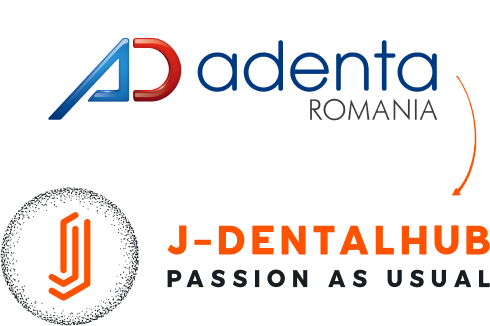


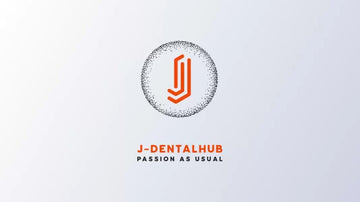
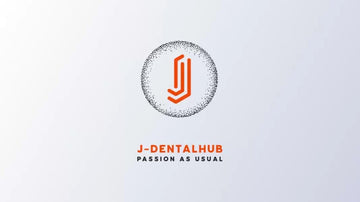
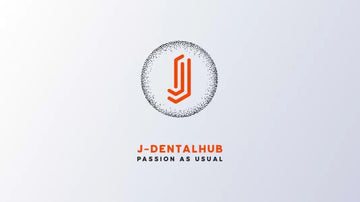
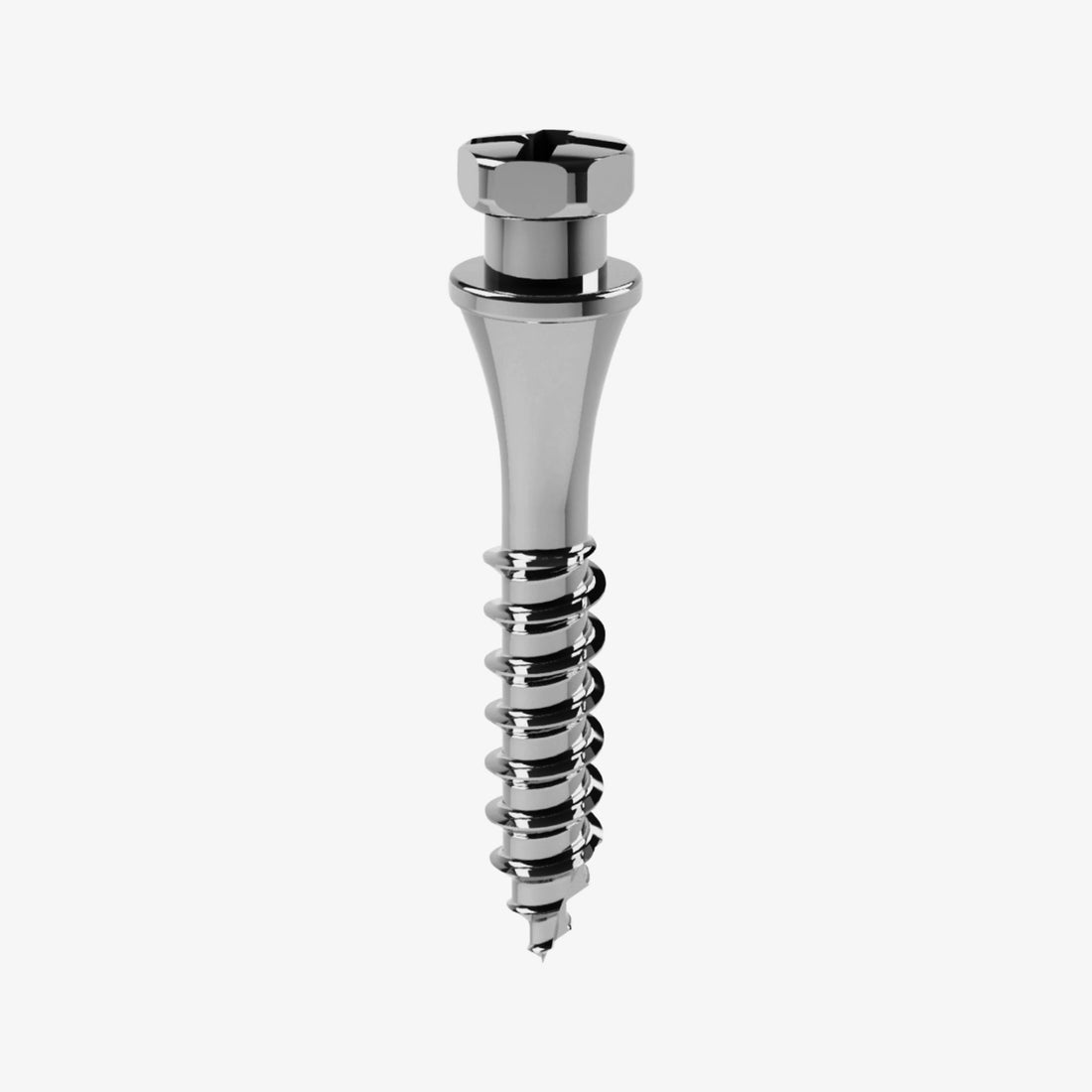
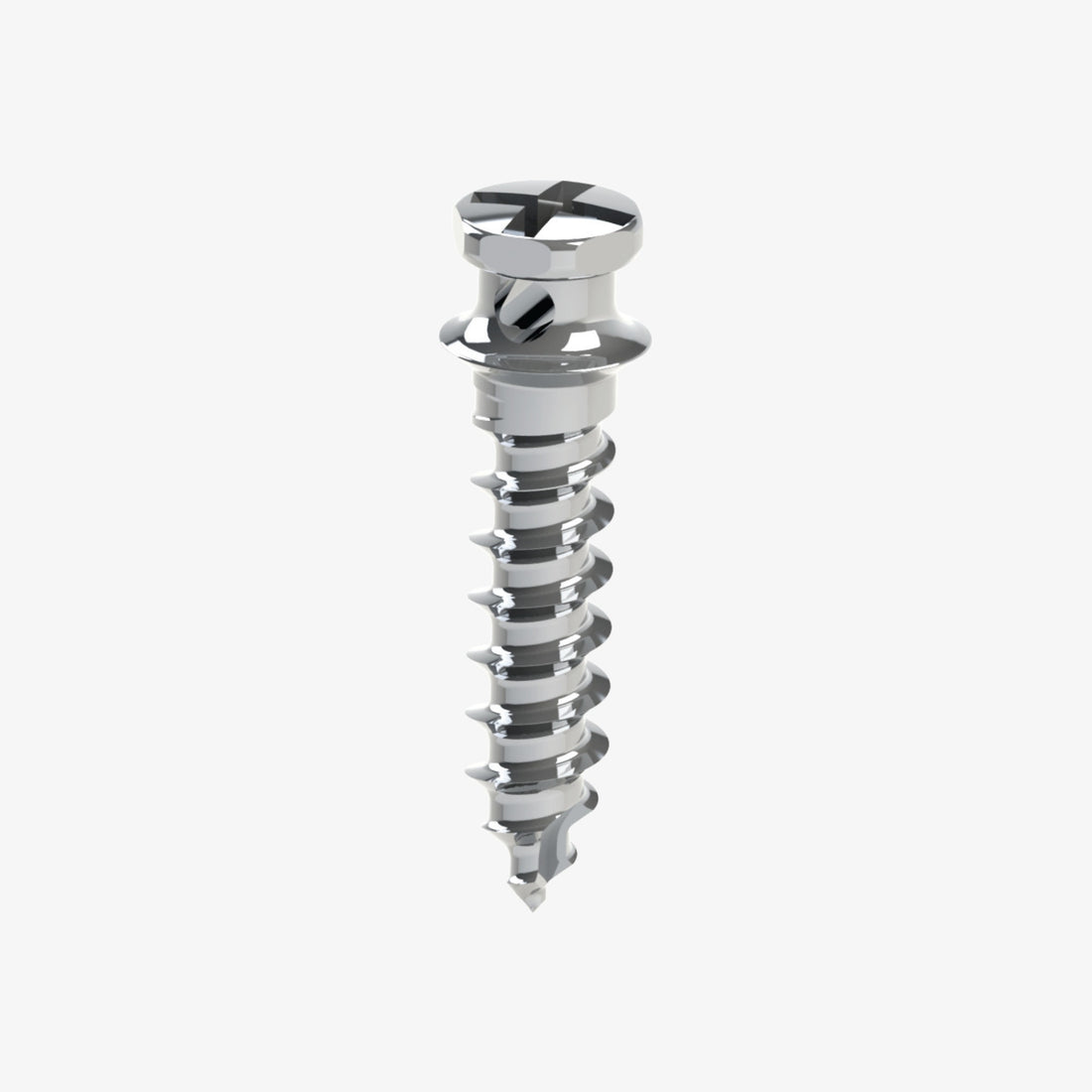
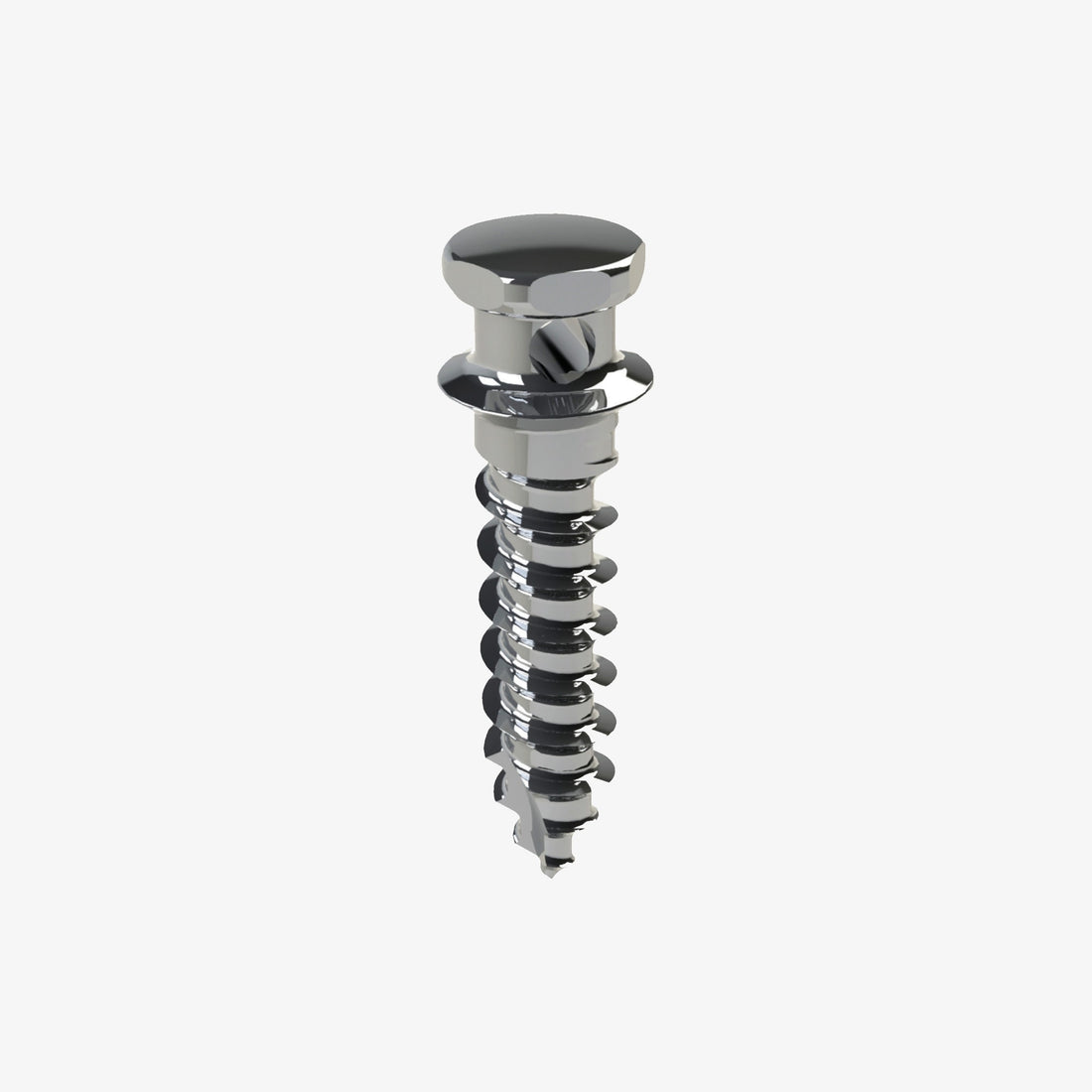
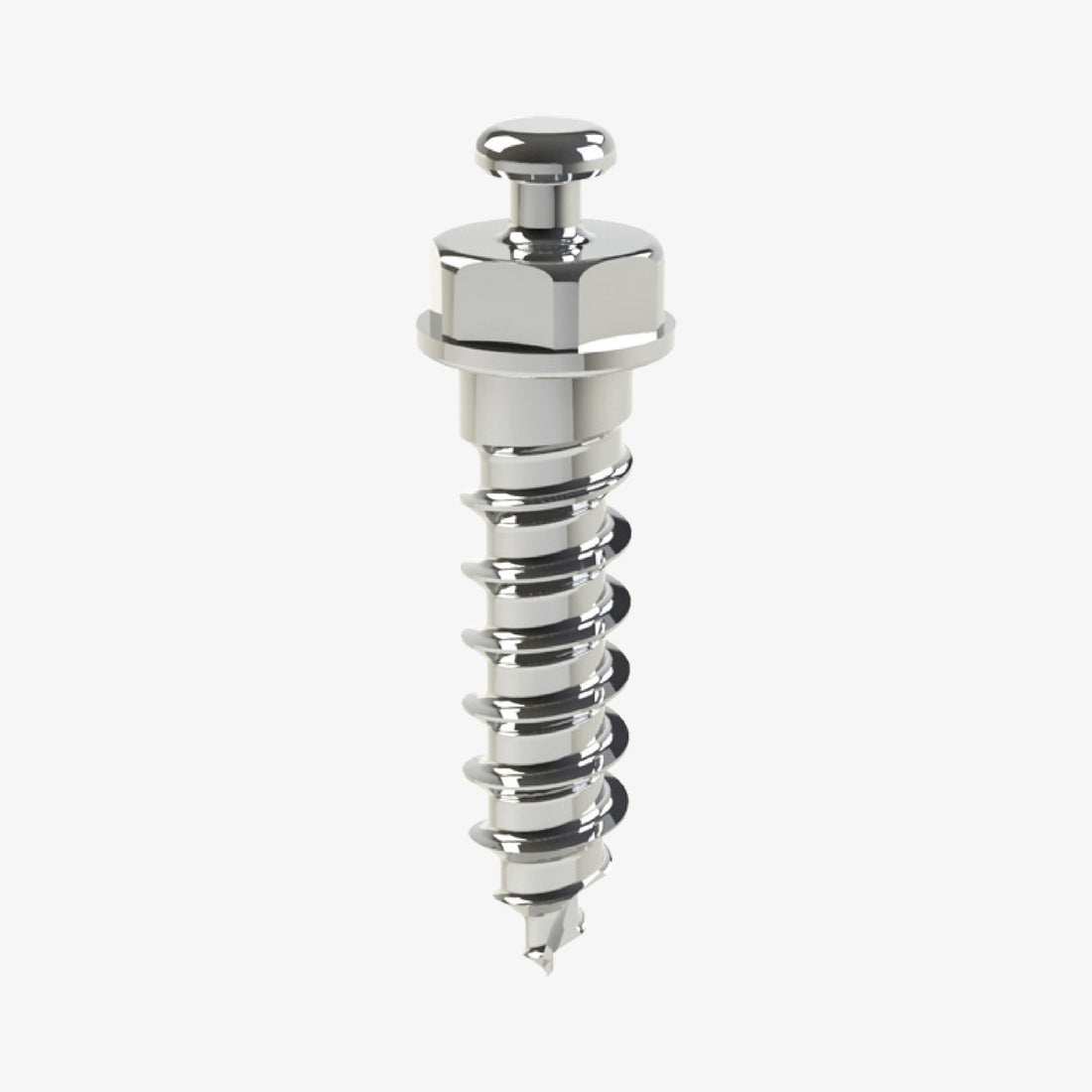

 0745 100 497
0745 100 497


